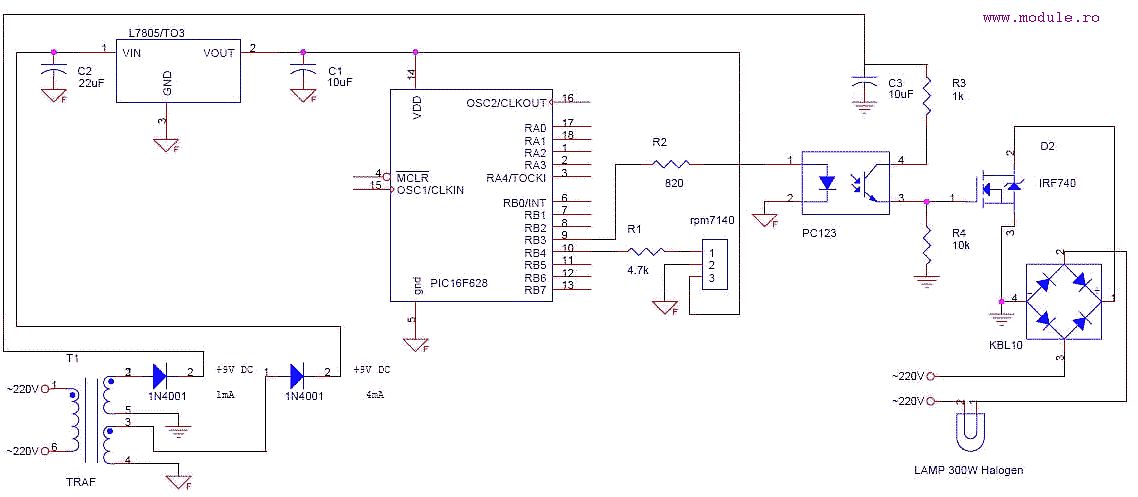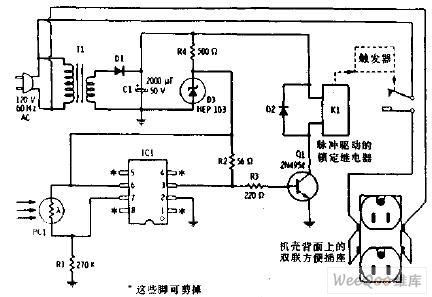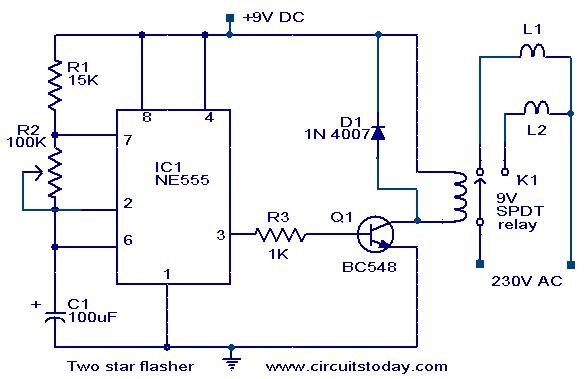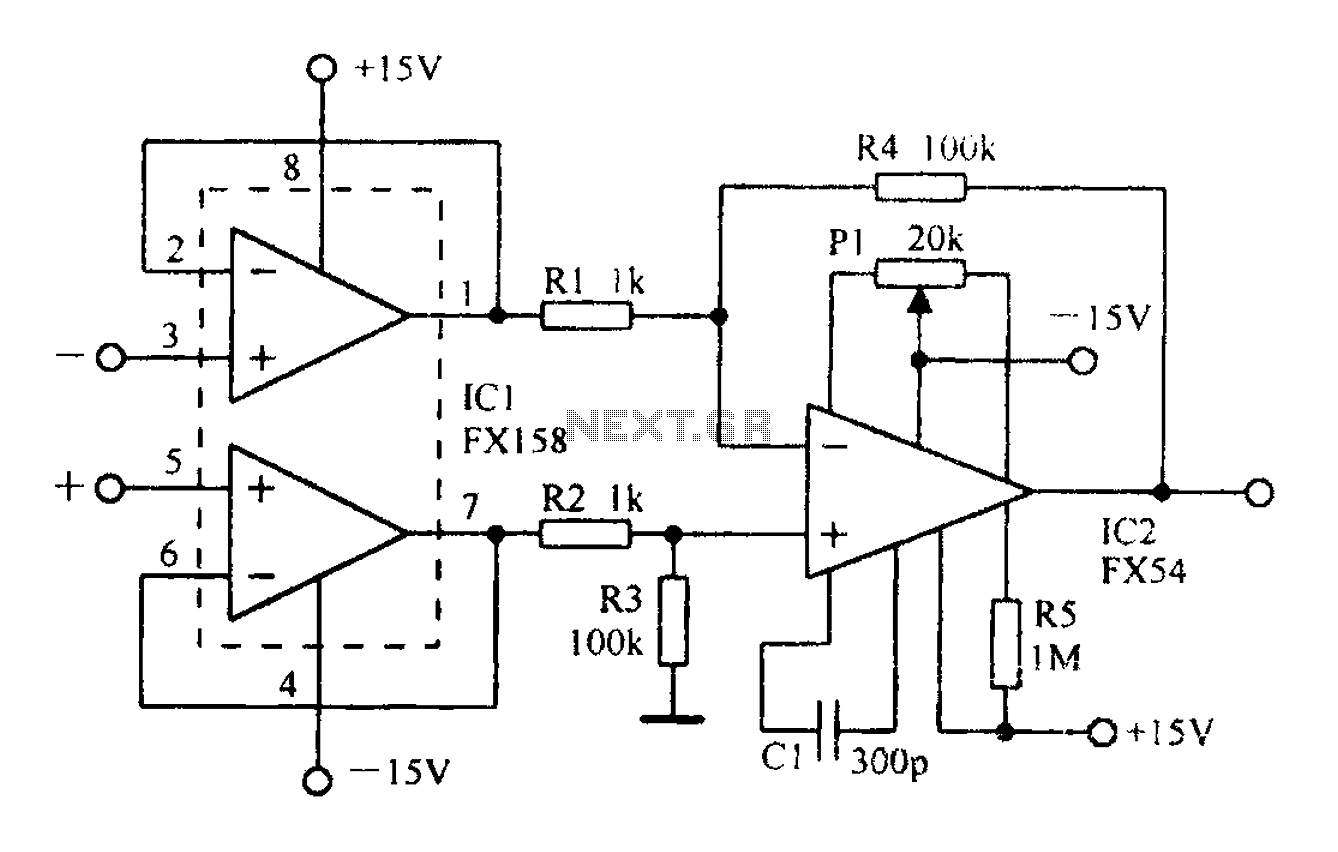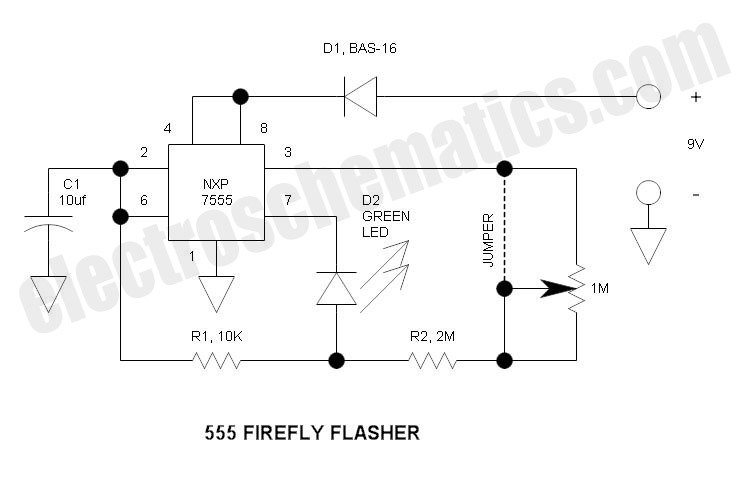
Resistive neutral leakage protection circuit
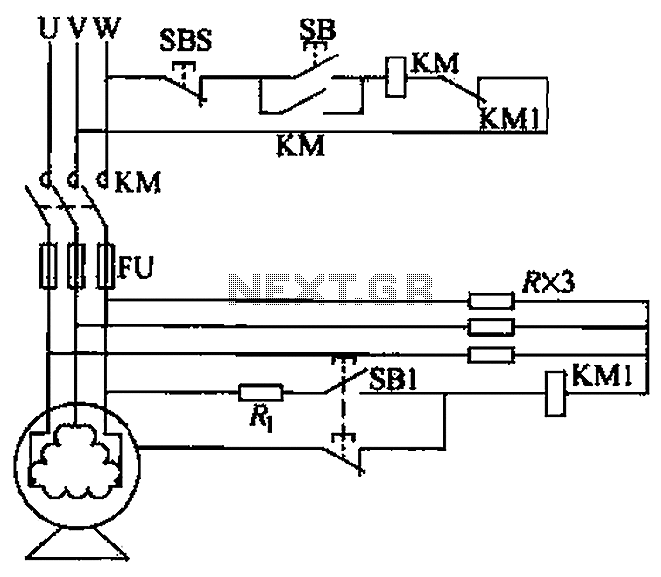
A voltage leakage protection circuit utilizing a resistive element as an auxiliary neutral point is illustrated in the accompanying figure. When selecting the resistance, it is essential to consider both the resistance value and power consistency.
The described voltage leakage protection circuit serves a critical function in safeguarding electrical systems from potential faults that could lead to dangerous leakage currents. The circuit employs a resistive element strategically placed to create an auxiliary neutral point, which helps in monitoring and managing voltage levels effectively.
In this configuration, the resistive element is selected based on its resistance value, which must align with the specific application requirements to ensure optimal performance. The power rating of the resistor is equally important, as it must be capable of dissipating the heat generated during operation without exceeding its thermal limits. This consideration is crucial to maintaining the reliability and longevity of the circuit.
The auxiliary neutral point created by the resistive element allows for the detection of any voltage discrepancies that may arise due to leakage currents. By monitoring the voltage at this point, the circuit can activate protective measures, such as disconnecting the load or triggering an alarm, thereby preventing potential hazards.
In summary, the resistive element in the voltage leakage protection circuit plays a vital role in enhancing the safety and reliability of electrical systems. Proper selection of resistance and power rating is fundamental to ensure the circuit functions as intended and provides effective protection against voltage leakage. By resistive element as an auxiliary neutral point voltage leakage protection circuit, as shown in FIG. Resistance selection should consider the resistance, power consistency r ate.
The described voltage leakage protection circuit serves a critical function in safeguarding electrical systems from potential faults that could lead to dangerous leakage currents. The circuit employs a resistive element strategically placed to create an auxiliary neutral point, which helps in monitoring and managing voltage levels effectively.
In this configuration, the resistive element is selected based on its resistance value, which must align with the specific application requirements to ensure optimal performance. The power rating of the resistor is equally important, as it must be capable of dissipating the heat generated during operation without exceeding its thermal limits. This consideration is crucial to maintaining the reliability and longevity of the circuit.
The auxiliary neutral point created by the resistive element allows for the detection of any voltage discrepancies that may arise due to leakage currents. By monitoring the voltage at this point, the circuit can activate protective measures, such as disconnecting the load or triggering an alarm, thereby preventing potential hazards.
In summary, the resistive element in the voltage leakage protection circuit plays a vital role in enhancing the safety and reliability of electrical systems. Proper selection of resistance and power rating is fundamental to ensure the circuit functions as intended and provides effective protection against voltage leakage. By resistive element as an auxiliary neutral point voltage leakage protection circuit, as shown in FIG. Resistance selection should consider the resistance, power consistency r ate.
Warning: include(partials/cookie-banner.php): Failed to open stream: Permission denied in /var/www/html/nextgr/view-circuit.php on line 713
Warning: include(): Failed opening 'partials/cookie-banner.php' for inclusion (include_path='.:/usr/share/php') in /var/www/html/nextgr/view-circuit.php on line 713
